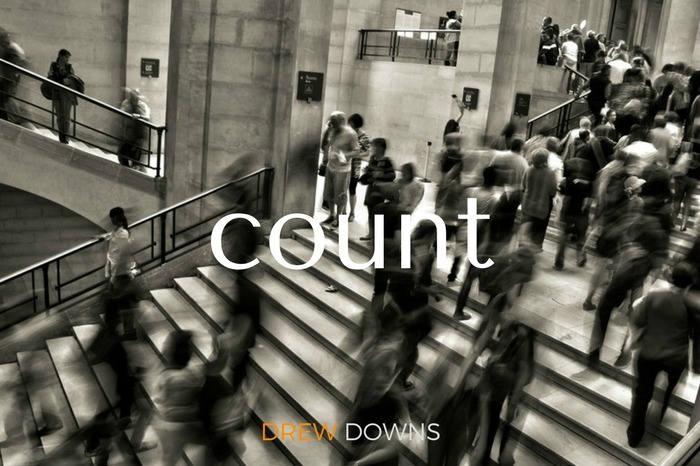When I was a teenager, I was part of Youth Volunteer Corps; a non-profit geared toward teaching youth about community service. For me, it was visionary, collaborative, and remarkably effective.
And it always struggled to get funding.
As part of a national organization with a common mission to both revitalize communities and build up young people, our work was tremendous, and the rewards even more so.
Through Youth Volunteer Corps (YVC), I was able to do so much. I found myself at national workshops, on the youth board at our local community foundation, and the state youth board for service. My experience was personally fulfilling and involved thousands of hours of service. And the work in the community, helping rebuild parks, paint community buildings, visit nursing homes was as immeasurable as the leadership development.
I have yet to participate in a more effective organization.
The problem is measurables.
In my hometown of Alpena, Michigan, it was hard to demonstrate transformational work. Especially against what was happening in Detroit. And in spite of involving the same number of youth for the same length of service, we did so on 10% of the budget. Giving to such an organization as ours isn’t sexy.
But you knew that already. It’s the other part that hurts more.
We had to do more every year to receive less money from the same sources. Not because of the economy, but because effectiveness is defined in such a way as to lead to underfunding the mandate.
In other words, we were too effective our first year.
How the service community defined the terms of measurement meant that we always, every single year, had to have more youth involved, serving more hours, and include even more new agencies.
I hope you can see the problem.
- For one, in some communities, there are only so many youth. The percentage of populations are drastically different.
- Second, to get the youth more hours, our team leaders would need to work more, which means they’d need to be paid more.
- Third, community organizations in smaller communities run on stability, rather than new projects. Other organizations also depended on us to assist them. Funders wanted us chasing new, bigger goals.
The way we count our homeless populations runs into the same problem.
We want to get the most accurate count of how high the homeless population is in our county.
We also want to find immediate and permanent housing solutions for our homeless populations so that we can eliminate chronic homelessness in our community.
So we measure both.
But the Homeless Coalition’s agencies receive funding based on performance in one objective. That’s in reducing that number. Our performance is measured by how many more homeless people we are able to house than last year.
What this means in practice, however, is frightening. For every new homeless person we count, that is one more person who has to already have a permanent housing solution. Any increase in the count will need to be offset by building new facilities and housing. Facilities we’re already struggling to build.
In other words, the better picture we get of our community’s needs, the less material we will have to meet those needs.
Or, in fewer words:
There’s incentive to fake it.
We are struggling to get funding to meet the needs of the population we already know about. Our distribution of funds is based on measurements which encourage us to ignore our problem, not address it.
On Wednesday, we will have our annual Point-in-Time Count here in Vigo County. I’ll join with my friends from St. Stephen’s at Fairbanks Park. We’ll serve chili, give out clothing, and interview those we meet. And we’ll get the best possible count of homelessness in our county according to HUD standards.
We’ll use measurables based on the strictest definition of homelessness possible. So thousands of homeless people in Indiana won’t be counted. And worse, the resources for eliminating homelessness will still be a fraction of what they need to be. Because we don’t want to fully fund the problem or get an accurate assessment of its pervasiveness. We measure both, tie them together, and deal with neither.
So we will do our best knowing that our best may lead to less funding for our brother and sister organizations.
And we’ll do our best knowing that the system depends on my doing my job in spite of the incentives not to.

